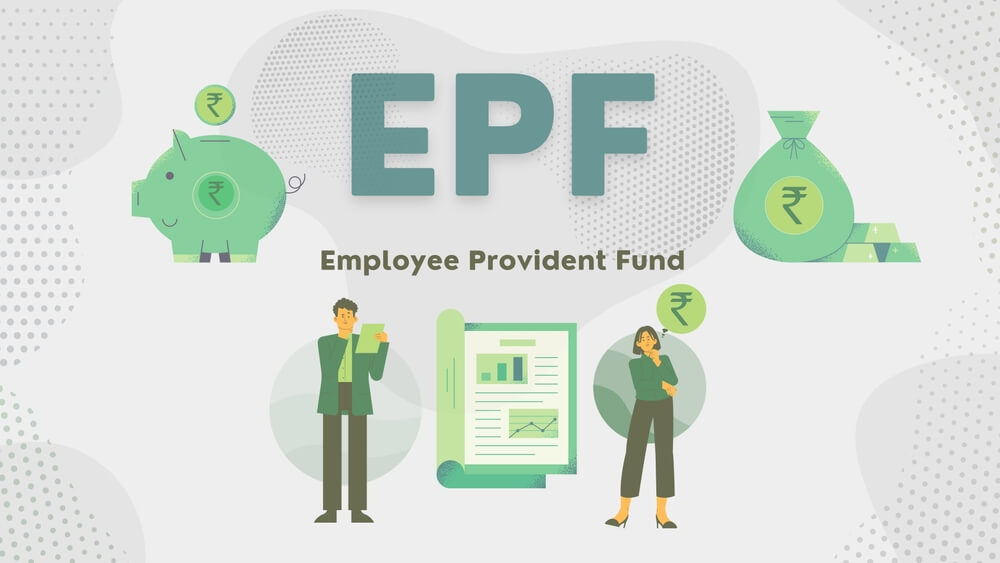Pf registration
PF registration, also known as Provident Fund registration, is a mandatory requirement under the Employees' Provident Funds and Miscellaneous Provisions Act, 1952, for establishments in India employing 20 or more employees. This registration process is facilitated by the Employees' Provident Fund Organization (EPFO), a statutory body under the Ministry of Labour and Employment. The primary objective of PF registration is to create a retirement corpus for employees, providing them with financial security post-retirement.The registration process begins with employers applying online through the EPFO portal, where they fill out Form 5A and submit essential documents such as PAN card, incorporation certificate, address proof, and identity proof of directors or partners. Once submitted, the Regional Provident Fund Office (RPFO) verifies the application and issues a unique PF registration number to the establishment. This number serves as identification for remittance of PF contributions and compliance with EPF regulations.
Under the PF scheme, both employers and employees contribute a percentage (currently 12%) of the employee's basic salary plus dearness allowance towards the EPF. These contributions accumulate over an employee's tenure and are accessible upon retirement, resignation, or for specific purposes such as housing, medical emergencies, or education. Employers are responsible for deducting and depositing employee contributions, filing monthly and annual returns, and ensuring compliance with EPF rules and regulations to avoid penalties.PF registration not only ensures retirement benefits for employees but also provides life insurance coverage and partial withdrawal facilities, thereby promoting financial stability throughout an employee's career. Employers play a critical role in facilitating PF registration and compliance, which fosters employee welfare and strengthens the social security framework in India. Understanding and adhering to PF registration requirements is essential for employers to uphold their legal obligations and contribute positively to employee well-being and long-term financial planning.

Registration Process
• Employer Registration:
Employers must register online through the EPFO (Employees' Provident Fund Organization) portal (https://www.epfindia.gov.in).
• Documents Required:
Documents such as PAN card, incorporation certificate, address proof, identity proof of directors/partners, and bank account details are necessary.
• Online Application:
Employers need to fill out Form 5A and submit it online along with required documents.
• Verification:
After submission, the Regional Provident Fund Office (RPFO) verifies the application and issues the PF registration number.
Benefits OF Provident Fund
Retirement Savings:
One of the primary benefits of PF is that it serves as a retirement savings scheme. Employees and employers contribute a portion of the employee's salary each month (currently 12% of basic salary plus dearness allowance each for both), which accumulates over the course of the employee's working years. This corpus serves as a reliable source of income post-retirement, ensuring financial security during the retirement years.
Tax Benefits:
PContributions made towards the EPF (Employees' Provident Fund) are eligible for tax benefits under Section 80C of the Income Tax Act, 1961. Both employer's contributions (up to a specified limit) and employee's contributions qualify for tax deductions, making it a tax-efficient investment avenue for employees.
Financial Security:
The PF scheme offers financial security to employees during emergencies or critical life events. Employees can avail partial withdrawals from their PF account for purposes such as medical emergencies, higher education, marriage, or purchasing a house. This feature provides liquidity and acts as a safety net during unforeseen circumstances.
Life Insurance Coverage:
Alongside the PF contributions, the scheme includes a life insurance benefit for employees. In the event of the employee's death while in service, the nominee or legal heir is entitled to a lump-sum amount, which provides financial support to the employee's family members.